
GrandpaPhil
-
Posts
4,904 -
Joined
-
Last visited
Content Type
Profiles
Forums
Gallery
Events
Posts posted by GrandpaPhil
-
-
Welcome!
- Keith Black, JeffT and mtaylor
-
 3
3
-
Welcome!
- Keith Black and mtaylor
-
 2
2
-
Chris,
They use the pulp board for the laser-cut pieces?So, I can use that for the thicker pieces, like framing, on my Orel kits (I made a run on their ironclad and pre-dreadnought battleships) that would ordinarily be purchased as aftermarket laser-cut sets?
I ask because I have a large sheet of the pulp board I bought for the inner hull covering on my cat ship that I am done with now and thought would sit around until I built another one from scratch.
-
- firdajan, JacquesCousteau, Canute and 5 others
-
 8
8
-
-
-
-
I use clear plastic packaging for glass on models, too.
It has always worked well for me.
- mtaylor, Keith Black, Canute and 3 others
-
 6
6
-
Ferrus,
The cat ship is similar in basic shape to a fluyt, but it is a separate type of ship.
The cats are a more basic design and are intended to be more of a working ship.
They were mostly flat bottomed and have a nearly square cross-section for more cargo capacity.
Cats only had minimal decoration and their sterns typically had a painting on the transom instead of more decorative carvings like the ones on the fluyts or pinas.
Think of a seagoing Mack truck.
I wanted a cat ship as soon as I saw it in the book and I had so much fun making my last workboat that I decided to build it and try to build a hull with more structural pieces than I had used in the past.
I have been enjoying this project.
- mtaylor, Canute, Scottish Guy and 1 other
-
 4
4
-
For my buddy from work:
To line off the deck, I measured the middle of the decks at each end and made a line down the middle.
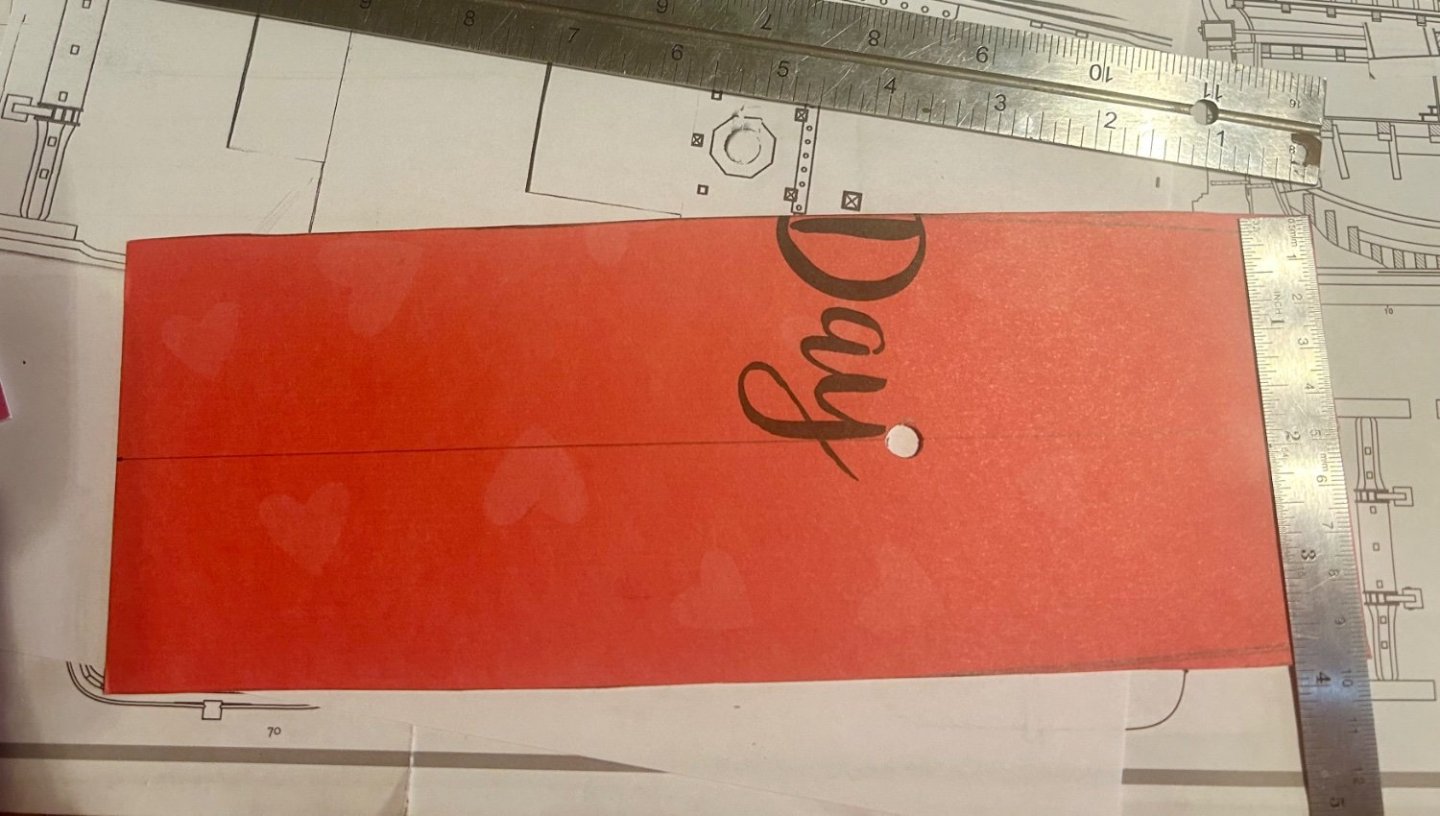
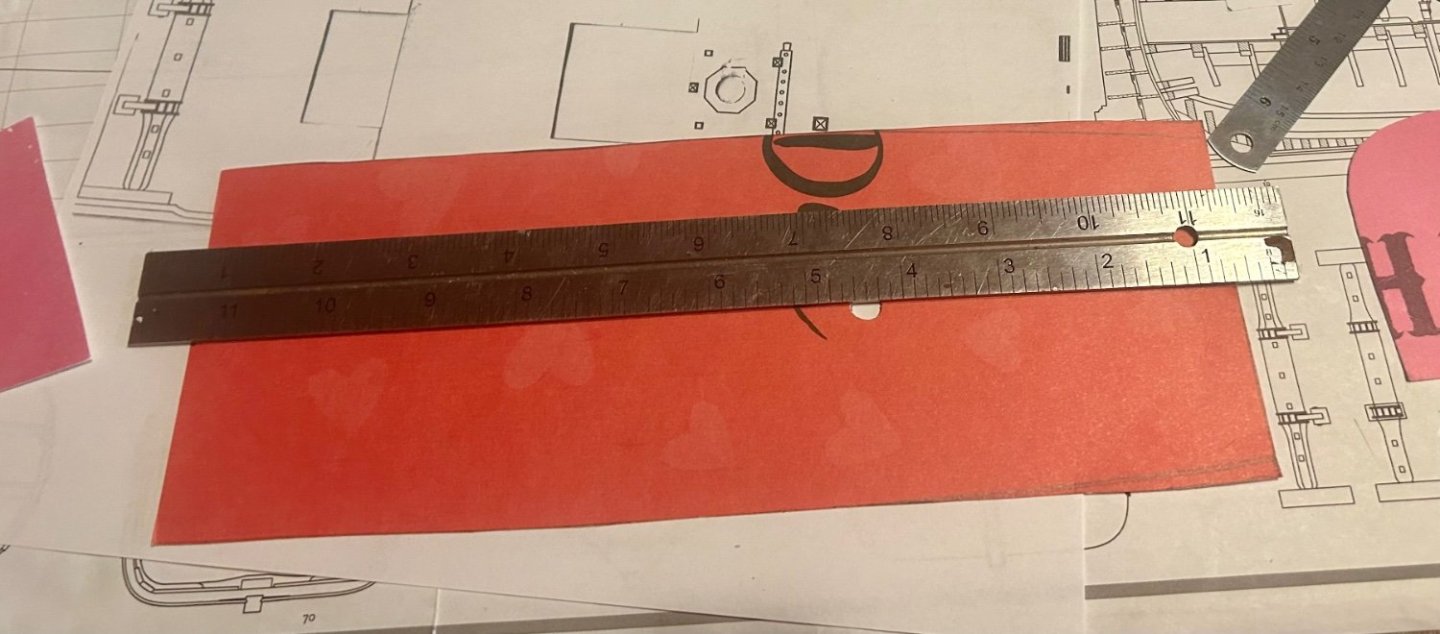
Then I laid a center plank down the middle, lining up on the centerline.Then I laid a plank on each side, alternating until I filled up the deck.
Next, I flipped the deck over and trimmed all holes and excess.
I forgot to take pictures of that part.
I know that there are gaps, but my planks are contact paper and do not have thickness. You won’t see the gaps once they are painted (and on this model, everything is getting painted).
For a wood model, you will want to color in the sides of each plank with a colored pencil or charcoal to give the impression of the tar that would have been between them on a full sized ship.
You will also not want to have gaps.
On a separate note I cut down the sides of the ship to the tops of the bulwarks, just below all the layers of railings -
-
-
Looking forward to this build!
- Old Collingwood, mtaylor, Dave_E and 4 others
-
 7
7
-
-
-
From what I understand the San Felipe of 1690 did not actually exist.
Why not release a kit of a Spanish 3-decker from that time period that actually existed?- mtaylor, Canute and thibaultron
-
 3
3
-
Stuns’ls aren’t too bad.
I made them for the first time for my Prince de Neufchatel.
Their rigging run can take some adjustments to prevent them from interfering with other sails.
-
I would not add any more running rigging or sails yet, but the mainsail and mainsail rigging shouldn’t interfere with the standing rigging.
You have already built the hard part and done it well.
You’ve got this. -
-
3 hours ago, Meriadoc Brandybuck said:
I’m very curious about what you’re going to build from Hoving’s book.
-Nosy Meriadoc
Meriadoc,
I am building the cat ship out of his book. The book and the plans are excellent. I strongly recommend them. This is my first time building from a book from Seawatch Books.
- tkay11, Glen McGuire, Canute and 2 others
-
 5
5
-
-
Jan,
Thank you for the information. I will put that in my list of things to do better next time and integrate it into my next build (of which hopefully there will be many).
Here is where I am at now.
The hull is sanded now and the decks have been fitted.
I made the baseboard already and the model sits perfectly on it.I need to plank the decks with wood grain contact paper prior to permanent installation.
One of my coworkers who is used to building plastic models saw my Sampang when I had it in my office and really liked it.
He purchased a Mamoli Il Luedo that evening.
It will be his first ship model.
He asked me to do a tutorial on measuring off for deck planking, so I will do that.
For this model, I need to seal the hull next and add wales which will add structural integrity.
-
The first covering is on:
The next step is to trim, fill and sand.
Somewhere in here, I need to drop in decks and templates/thickeners for the bulwarks.
After being fitted, but prior to permanent installation, the decks need planked with contact paper.
Then I will seal everything and add wales and most of the deck fittings.
Then it will be time to second plank the hull with wood grain contact paper and seal it.
Somewhere in between I need to make a cradle/base and add waterways, bulwark frame extensions and railings.
After that it will be time to add the rest of the hull fittings and cut out the rudder.
After that everything is getting sealed and painted.
Then I’ll add the rest of the deck fittings, and prep for rigging.
Next it will be time to mast and rig the ship, including sails.
While we’re on this topic, the plans have ratlines but the models in the book do not.
Did cats typically have ratlines since they were designed to be worked from the deck?
- Scottish Guy, Baker, Rik Thistle and 5 others
-
 7
7
-
 1
1
-

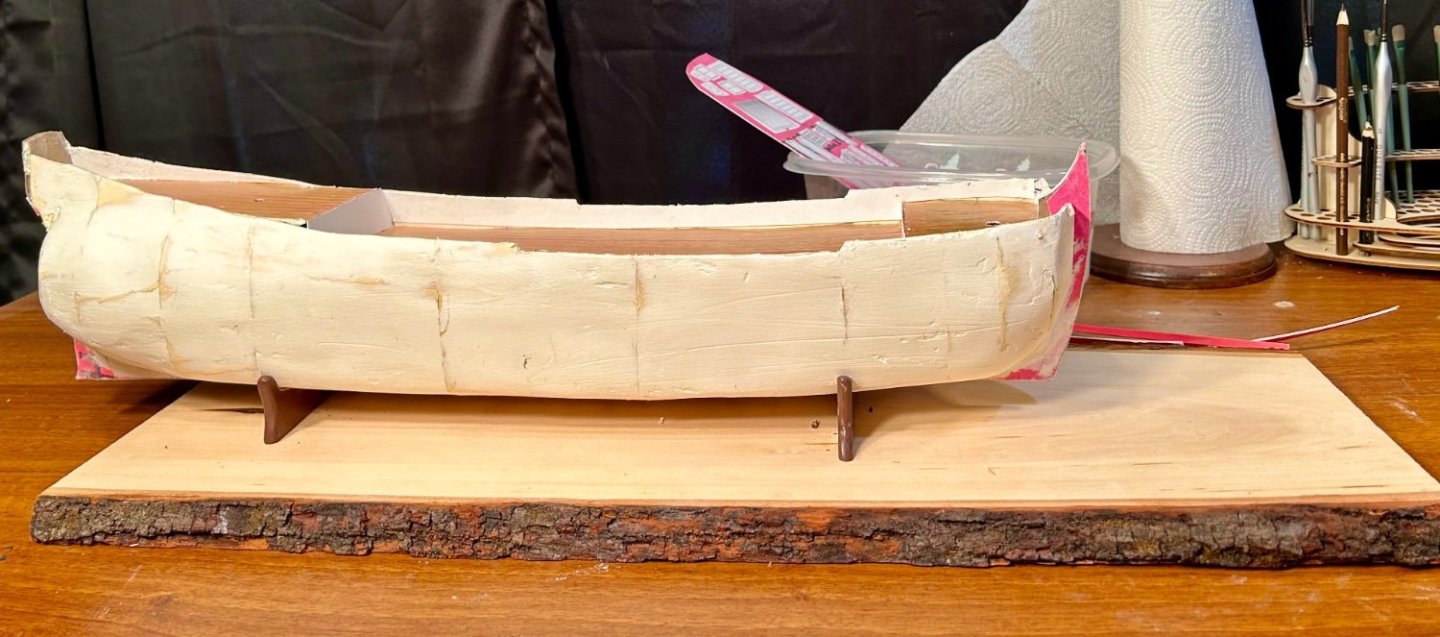

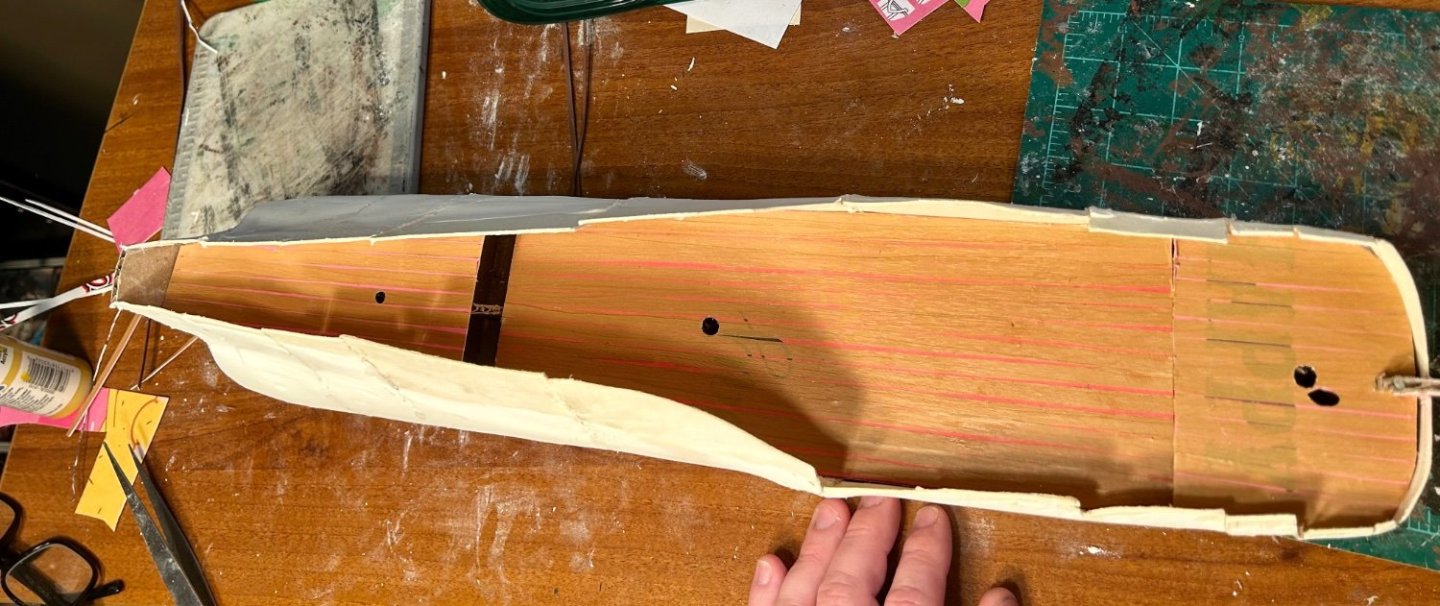
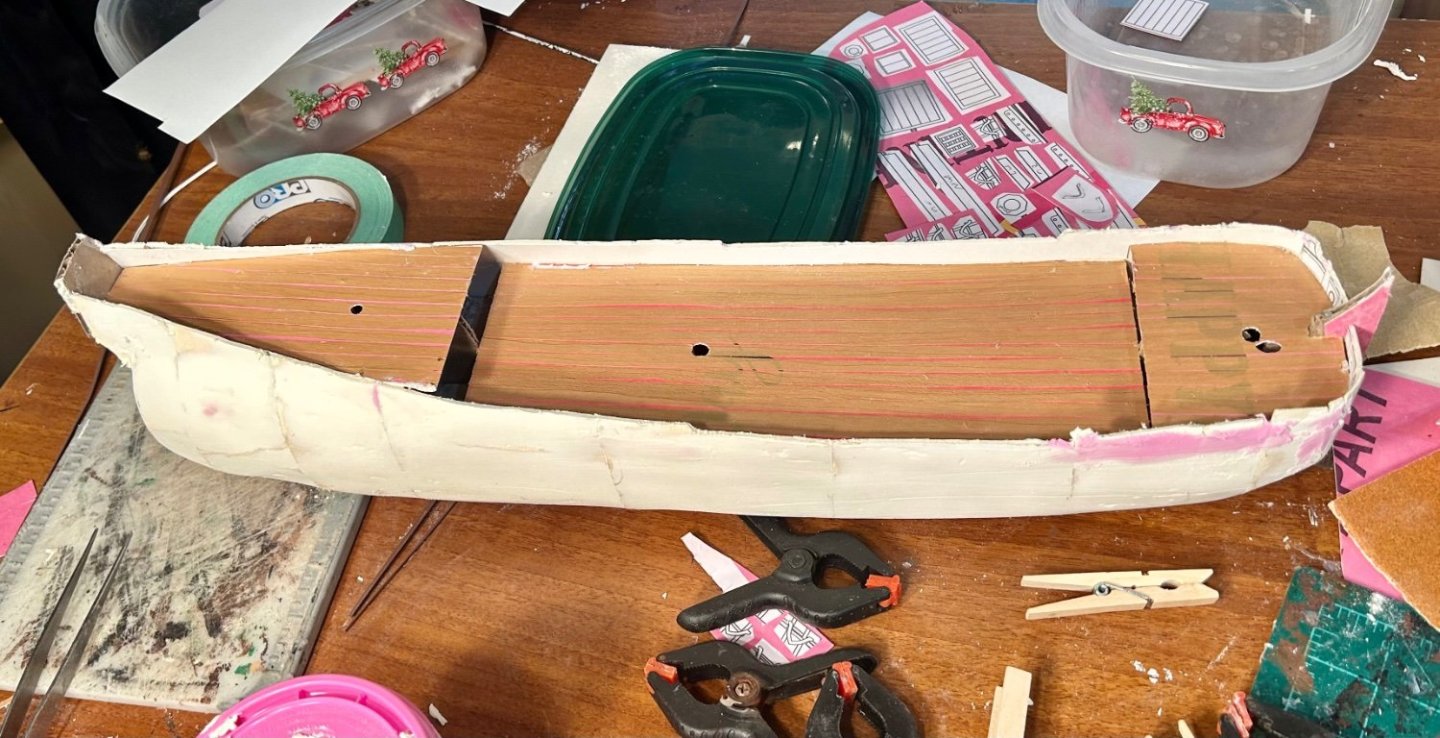
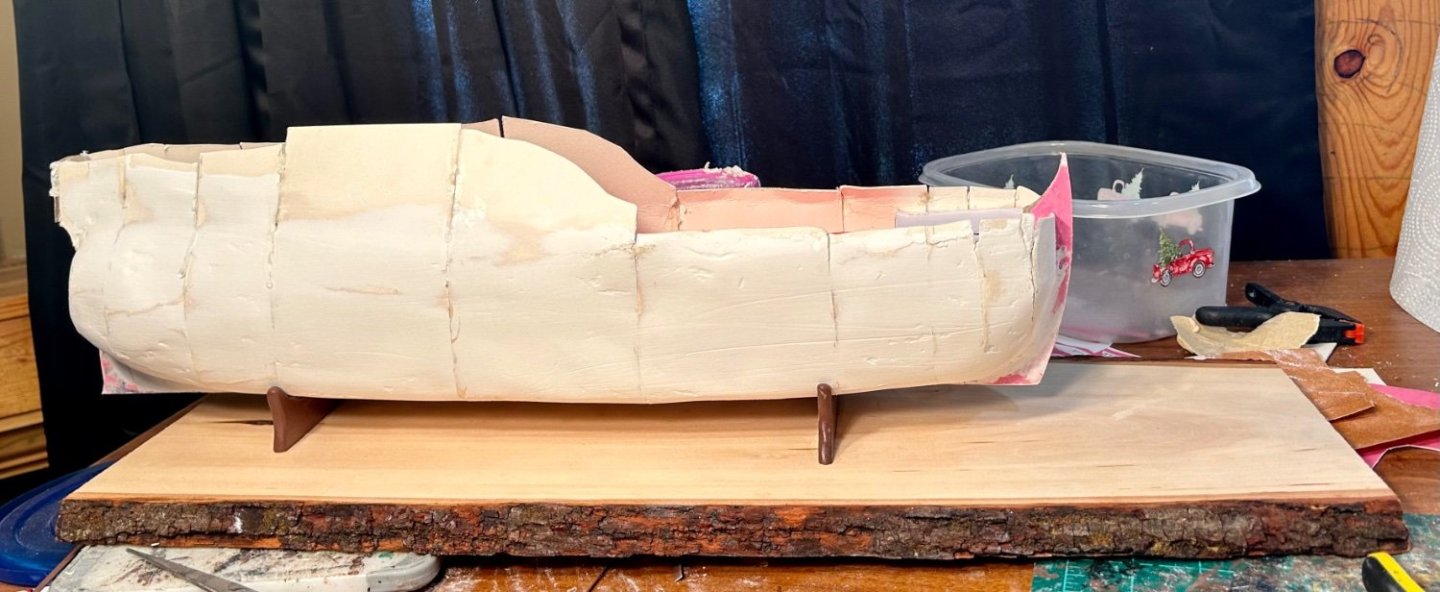
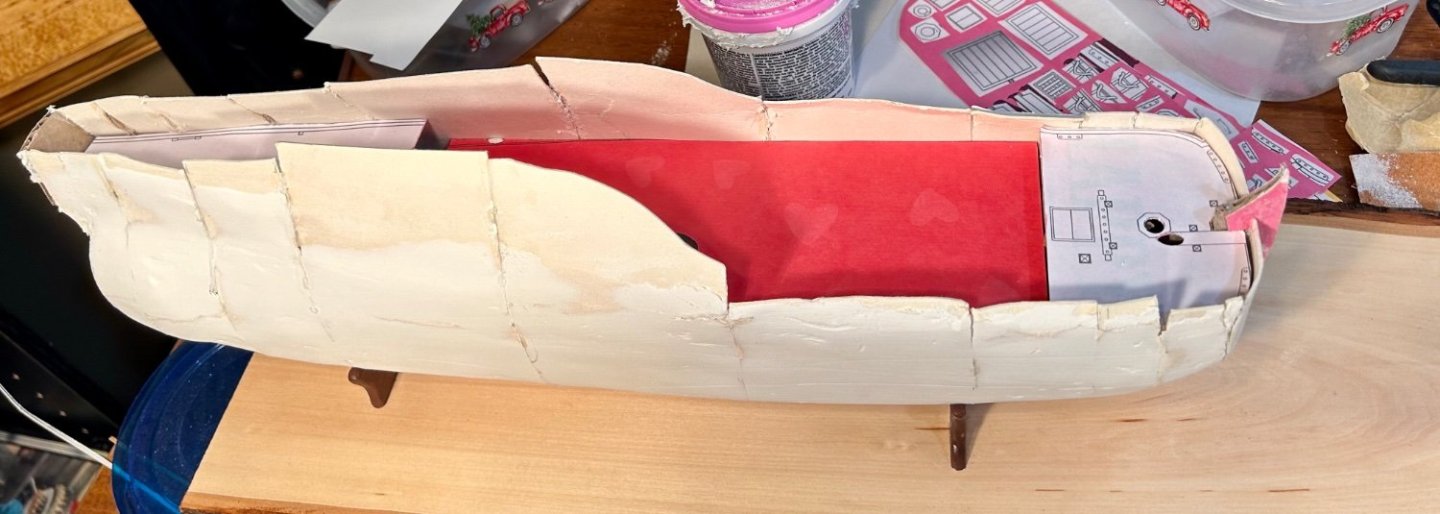
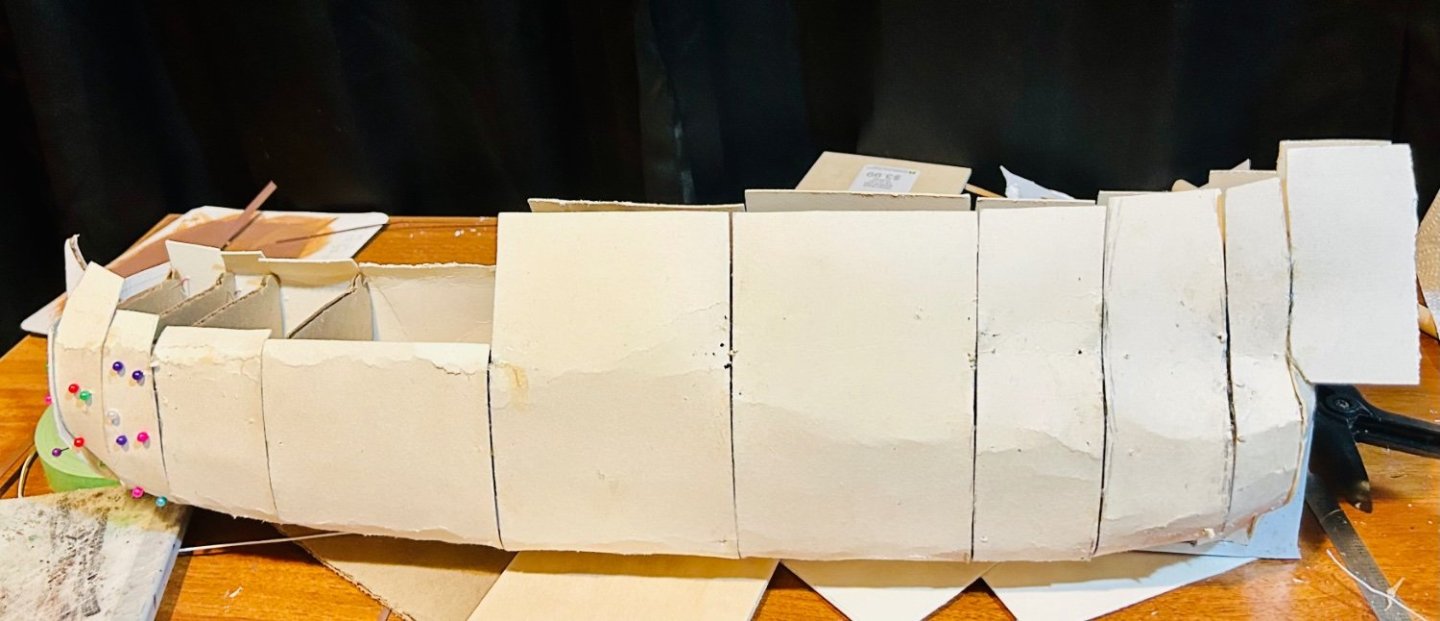
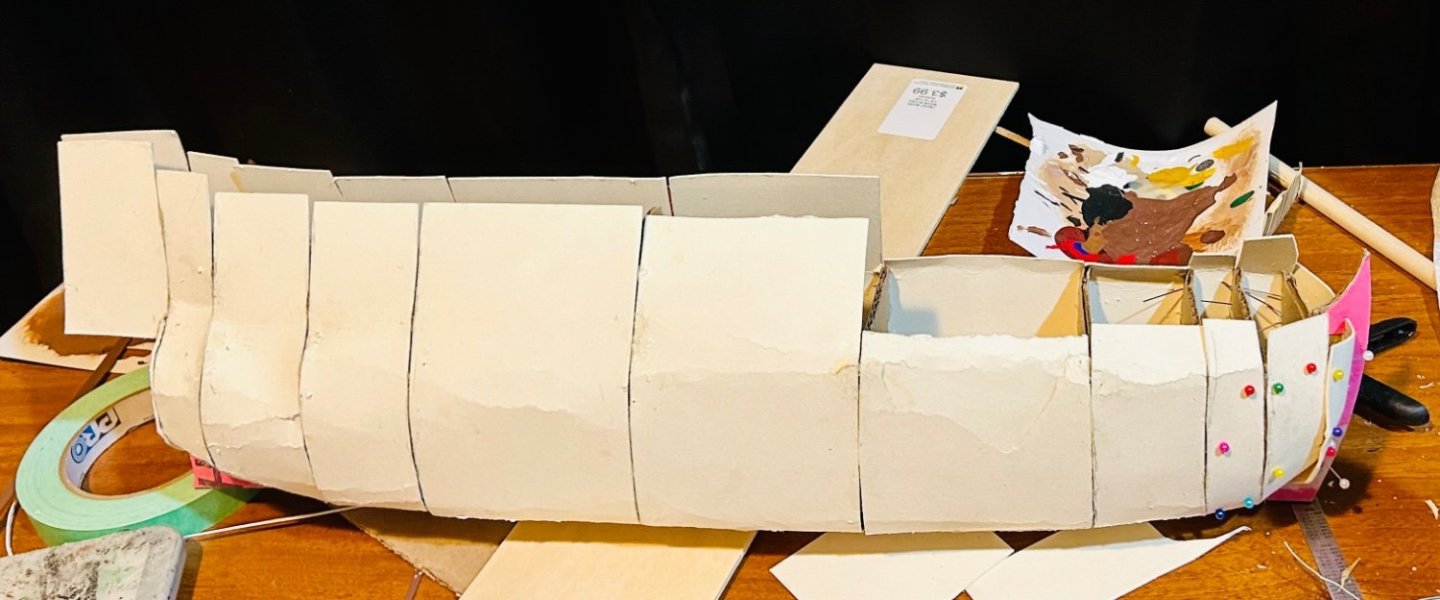
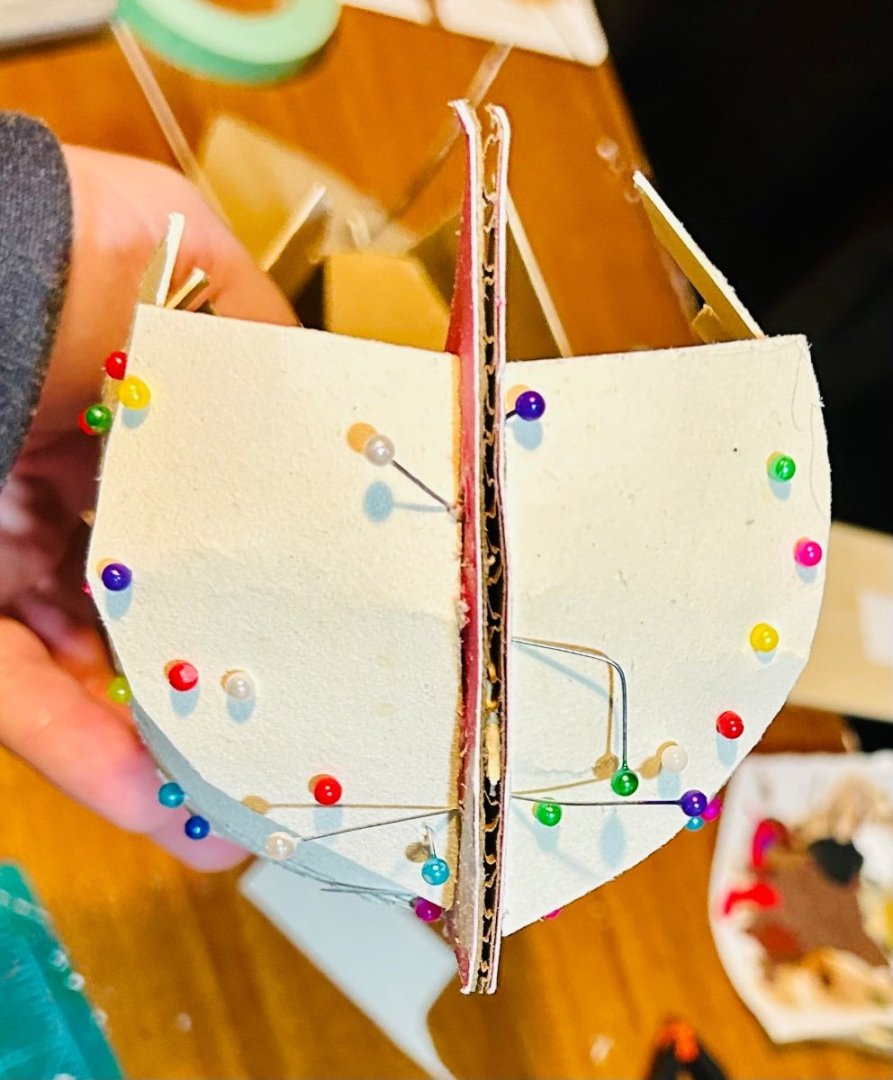
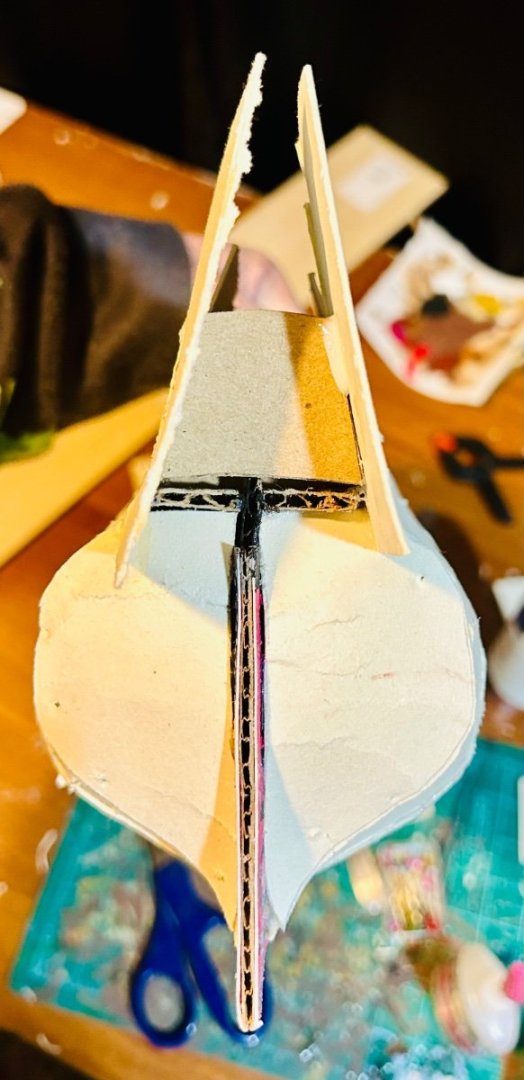

Cat Esther by GrandpaPhil - 1/64 - CARD
in - Build logs for subjects built 1501 - 1750
Posted
The outer hull covering is on:
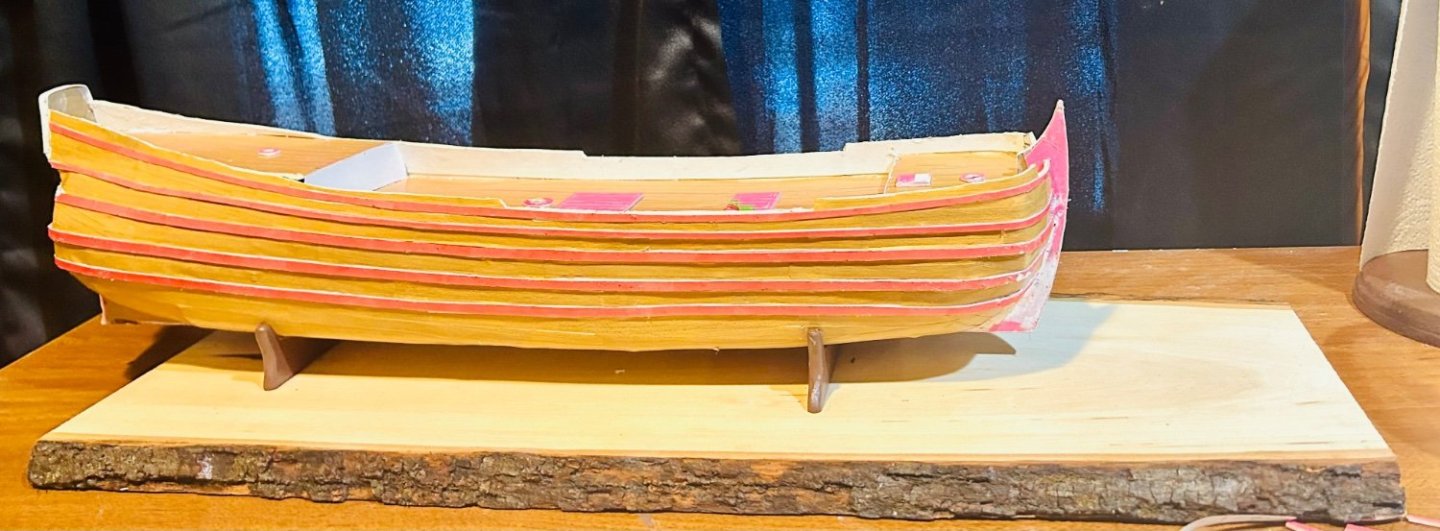
Been working deck fittings too:
The grating is done, but needs painted before assembling and I want to paint everything before it gets installed.
I know the run of the “planking” is a little (read a lot) off, especially by the bow and the stern, but it shouldn’t matter.
Everything is getting sealed and painted and the last two times I built like this, you couldn’t even really see the run of the planking at all and that was with contact paper with a lot more wood grain than this contact paper.
My next step is to seal the entire model again and start to add railings, with their associated supports, a companionway and frame ends.
Then on to the hull fittings.
Then it will be time for the initial painting!